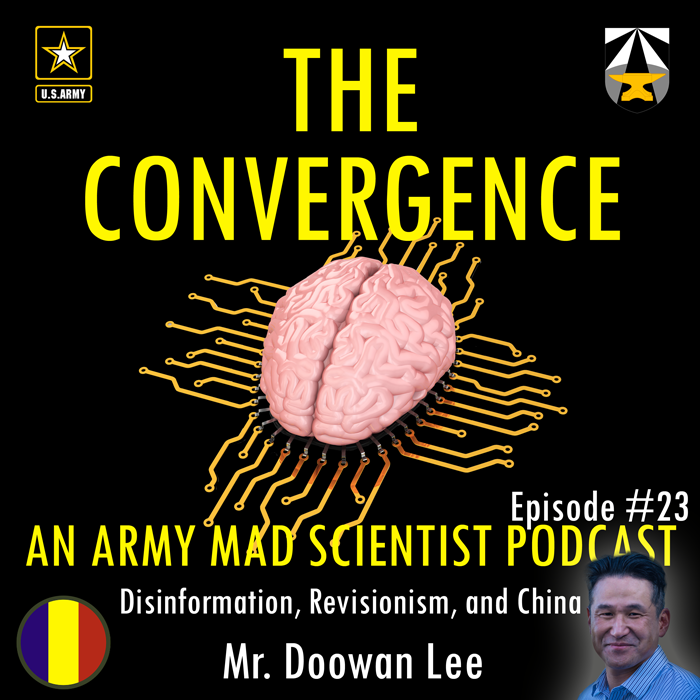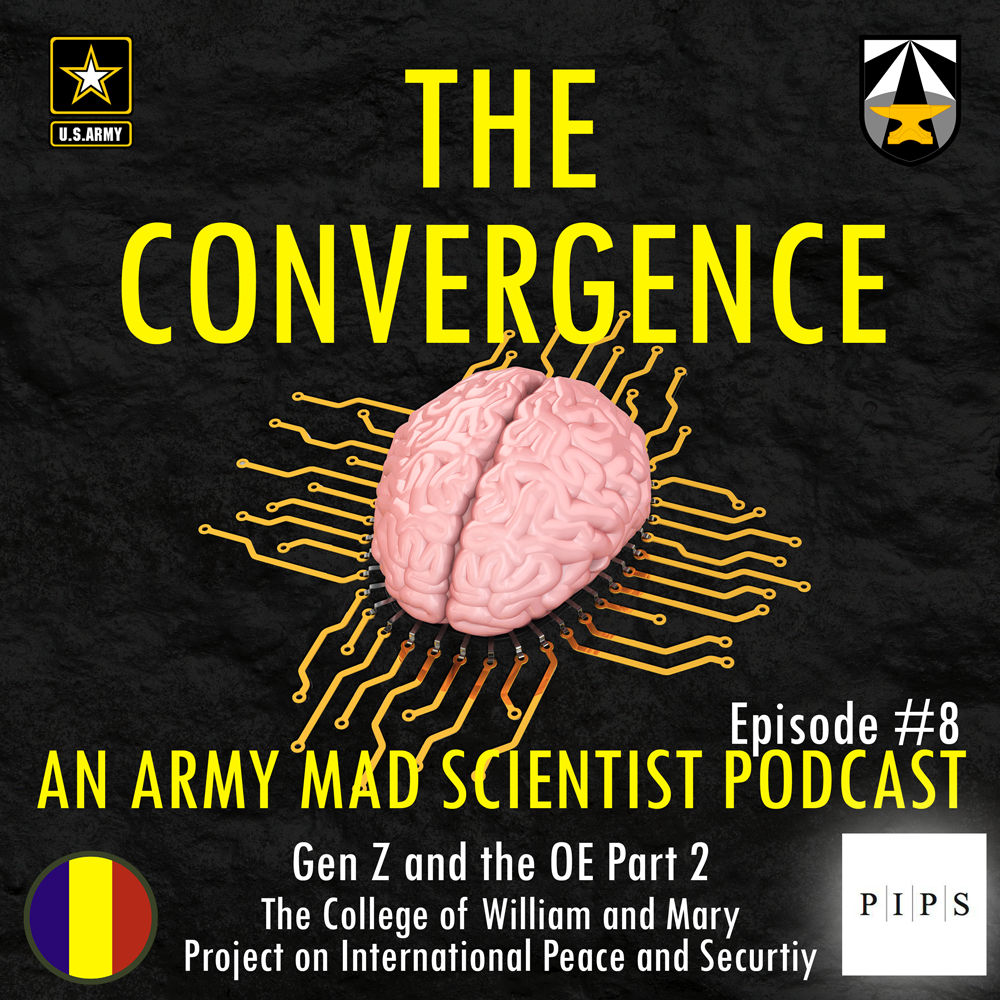[Editor’s Note: Sunday morning’s tropical idyll was shattered as the adversary’s surprise attack caught our naval, ground, and air forces completely unprepared. An hour and a half later, more than 2,400 U.S. Service members and civilians had been killed, with almost another 1,200 wounded. Despite three missed tactical warnings that could have alerted our local defenses of the impending attack (perhaps reducing its effectiveness), senior Army and Navy leaders on-site remained blithely unaware until the first wave of attackers struck their primary targets — as were the Nation’s political and military leadership in Washington, DC, when they received news of the catastrophic attack. Collectively, we had been lulled by perhaps the most insidious of cognitive biases — mirror imaging — believing that the Japanese Empire wanted to avoid war with the U.S. at all costs because of our perceived military superiority.
“Mirror imaging occurs when we subscribe our beliefs or ideas to other competitors. A corollary to this mirror imaging idea is the concept of railroading where we assume that other competitors, for example, are developing technology at similar pace and along the same track that we are. Mirror imaging places a premium on the notion that our way is the only way – discounting history and organizational, strategic, geographic, and cultural differences – as well as dismissing ideas that others might have.” As Dr. Nick Marsella stated so eloquently, “Thinking about the future is hard work, requiring us to continually examine the rigor associated with these efforts and avoiding the cognitive biases inherent in our future’s work. ”
Gaming is an invaluable tool for adding rigor to our exploration of Operational Environment possibilities – it also helps us to identify and avoid our cognitive biases. Frequent contributor LTC Nathan Colvin recently used game theory to explore the dynamics affecting three principal “actors” – the transnational “liberal order” (i.e., the West), the diffuse aggregate needs of the Russian people (a society of individuals), and the individual needs of Russia’s President Vladimir Putin himself (as an autocratic leader) — to clinically explain the rationale underlying the superficially irrational invasion of Ukraine. Today’s post features highlights from our latest episode of The Convergence podcast with LTC Nathan Colvin discussing game theory and how it can provide insights into the pitfalls of mirror imaging our rationality and morality onto foreign leaders’ decision-making processes — Read on!]
LTC Nathan Colvin is currently an Army War College Fellow at the College of William and Mary. He holds a Graduate Certificate in Modeling and Simulations from Old Dominion University, where he is also completing his Ph.D. in International Studies as an I/ITSEC Leonard P. Gollobin Scholar. He earned masters’ degrees in Aeronautics and Space Studies (Embry-Riddle Aeronautical University), Administration (Central Michigan University), and Military Theater Operations (School of Advanced Military Studies). He is an Army Strategist and former Aviator with deployments to Eastern Europe, Afghanistan, Iraq, and Pakistan.
Army Mad Scientist sat down with LTC Nathan Colvin to discuss game theory and how it can provide insights into the pitfalls of mirror imaging our rationality and morality onto foreign leaders’ decision-making processes. The following bullet points highlight key insights from our conversation:
Stay tuned to the Mad Scientist Laboratory for our next episode of The Convergence podcast on 31 August 2023 when we’ll feature part two of our interview exploring the AI Study Buddy at the Army War College with creator Dr. Billy Barry — discussing AI study technology, its impact within the Army War College, and how he sees it evolving in the future.
If you enjoyed this post, read LTC Nathan Colvin’s recent posts Your Adversary is Rational, Just Not the Way You Want Them to Be and What Happens If Great Powers Don’t Fight Great Wars?
… explore the TRADOC G-2‘s Operational Environment Enterprise web page, brimming with information on the Operational Environment and our how our adversaries fight. If you have a Common Access Card, you’ll be especially interested in our weekly Russia-Ukraine Conflict Running Estimates, capturing what we are learning about the contemporary Russian way of war in Ukraine and the ramifications for U.S. Army modernization across DOTMLPF-P — access them all here…
… and check out the following related Mad Scientist:
The Exploitation of our Biases through Improved Technology, by Raechel Melling
Insights from Ukraine on the Operational Environment and the Changing Character of Warfare
On Surprise Attacks Below the “Bolt from the Blue” Threshold by Lesley Kucharski
Why the Next “Cuban Missile Crisis” Might Not End Well: Cyberwar and Nuclear Crisis Management by Dr. Stephen J. Cimbala
Some Thoughts on Futures Work (Part I) by Dr. Nick Marsella
Gaming the System: How Wargames Shape our Future and associated podcast
Would You Like to Play a Game? Wargaming as a Learning Experience and Key Assumptions Check and “No Option is Excluded” — Using Wargaming to Envision a Chinese Assault on Taiwan, by Ian Sullivan
Using Wargames to Reconceptualize Military Power, by proclaimed Mad Scientist Caroline Duckworth
The Storm After the Flood virtual wargame scenario, video, notes, and Lessons Learned presentation and video, presented by proclaimed Mad Scientists Dr. Gary Ackerman and Doug Clifford, The Center for Advanced Red Teaming, University at Albany, SUNY
Gamers Building the Future Force and associated podcast, with Capt Zach Baumann, Capt Oliver Parsons, and MSgt Michael Sullivan
Fight Club Prepares Lt Col Maddie Novák for Cross-Dimension Manoeuvre, by now COL Arnel David, U.S. Army, and Major Aaron Moore, British Army, along with their interview in The Convergence: UK Fight Club – Gaming the Future Army and associated podcast
>>>>REMINDER: AFGFR Vignette Writing Contest — Our Sister Service partners in the U.S. Air Force (USAF) are proud to present the Air Force Global Futures Report: Joint Functions in 2040, published by Headquarters Air Force A5/7 (aka Air Force Futures). This report is the USAF’s analogue to the U.S. Army Futures Command’s AFC Pamphlet 525-2, Future Operational Environment: Forging the Future in an Uncertain World 2035-2050.
The AFGFR highlights four future operating environments and major implications for the future force. To bring these operating environments to life, Army Mad Scientist is partnering with the Air Force Futures’ Foresight Team to conduct the AFGFR Vignette Writing Contest — based on the report’s four futures and the exploration of the Joint Functions. We are seeking vignettes with characters that make the future operating environments and associated Joint Functions within come to life!
The AFGFR Vignette Writing Contest is open to all — anyone can submit an entry. Entries should be between 1500-2500 words in length, and are due NLT 01 September 2023. To learn more about the contest and how to submit your entry(ies), click >>>> here <<<< and read the contest flyer!
Disclaimer: The views expressed in this blog post do not necessarily reflect those of the U.S. Department of Defense, Department of the Army, Army Futures Command (AFC), or Training and Doctrine Command (TRADOC).

While Shubhi Mishra, founder and CEO of Raft, is a lawyer and data scientist by training, she’s better known as an intentional government technology...

Today’s episode of “The Convergence” podcast features a conversation with Mr. Doowan Lee, Senior Director from Zignal Labs. Mr. Lee is a National Security...

In this latest episode of “The Convergence,” we continue our discussions with research fellows from The College of William and Mary’s Project on International...